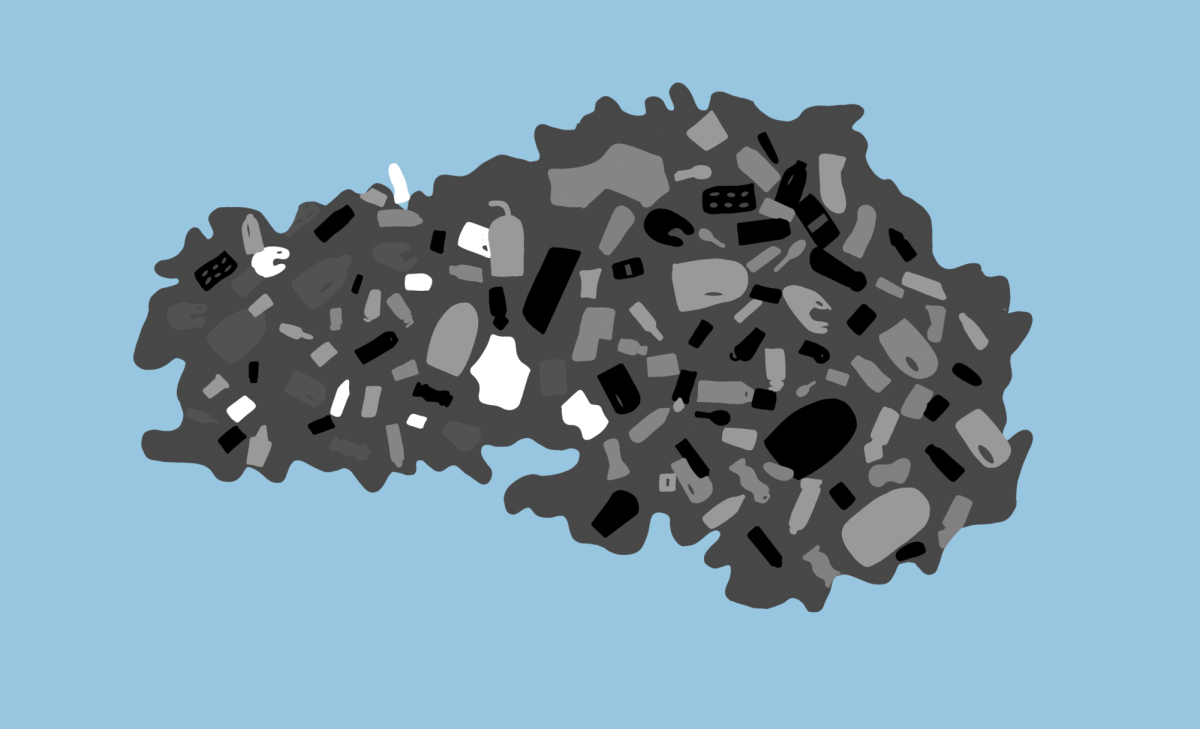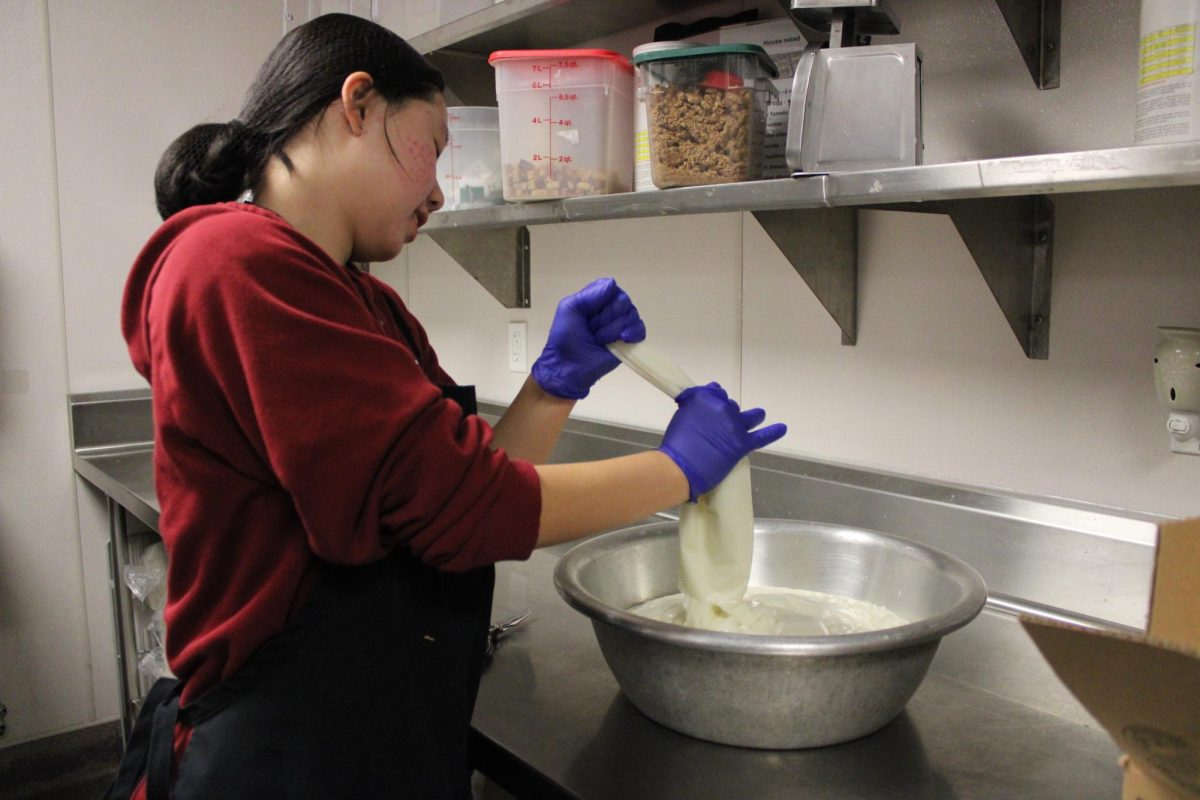Natural disasters have influenced the history and development of the U.S., impacting society, economy and governance. From hurricanes to floods, these events have shaped the nation’s identity.
One of the first recorded natural disasters was the Cape Ann Earthquake of 1755, which shook Massachusetts. Remaining as Massachusetts’ strongest earthquake at around 6.2 on the Richter Scale, this event marked the beginning of seismic activity awareness in the region.
Hurricanes have also long impacted the U.S., with the 1900 Galveston Hurricane being one of the deadliest. Striking on Sept. 8, 1900, the storm killed an estimated 8,000 people. According to the National Oceanic and Atmospheric Administration, it also caused $30 million in damages — equivalent to over $1 billion today.
The 20th century saw a surge in the frequency and magnitude of natural disasters. The Dust Bowl of the 1930s, a period of severe dust storms, emerged as a significant environmental crisis caused by drought and poor agricultural practices. It displaced millions, leading many to migrate from the Great Plains to California.
In recent decades, the U.S. has faced some of its most destructive natural disasters. Hurricane Katrina in 2005 devastated New Orleans, resulting in over 1,800 deaths and billions of dollars in damages. FEMA blames critical weaknesses in emergency preparedness and response.
The San Andreas fault runs through California, which means earthquakes are common occurences statewide; recent seismic data and historical trends have predicted an earthquake in California that is long overdue.
Similar to countries such as India and the Philippines, America’s geography influences the climate and disasters the country faces. A geography-based climate results in a recurring pattern of natural disasters even over long periods. However, those countries have taken measures to counter their effects, such as flood drainage projects.
According to the International Disaster Database, worldwide disaster frequency has increased from 100 events per year in the 1970s to around 400 per year. This follows the growing impact of climate change around the world, displaying a positive correlation between climate change and natural disasters; this is also the case for earthquakes in California.
“30 years ago there was a 1989 earthquake, 90 years ago, 1933 earthquake and 120 years ago, 1906 earthquake,” FHS chemistry teacher Zachary Epperson said.
Natural disasters will continue to shape the U.S. As climate change intensifies and populations grow, understanding the historical development of these events is essential. The lessons learned can guide future policies, ultimately saving lives and minimizing economic losses.
“Just like what the government does in India and the Philippines, we can also take preventative measures to help combat these crises and keep our people safe,” FHS junior and Geography Club President Nilanjan Narayan said.





















